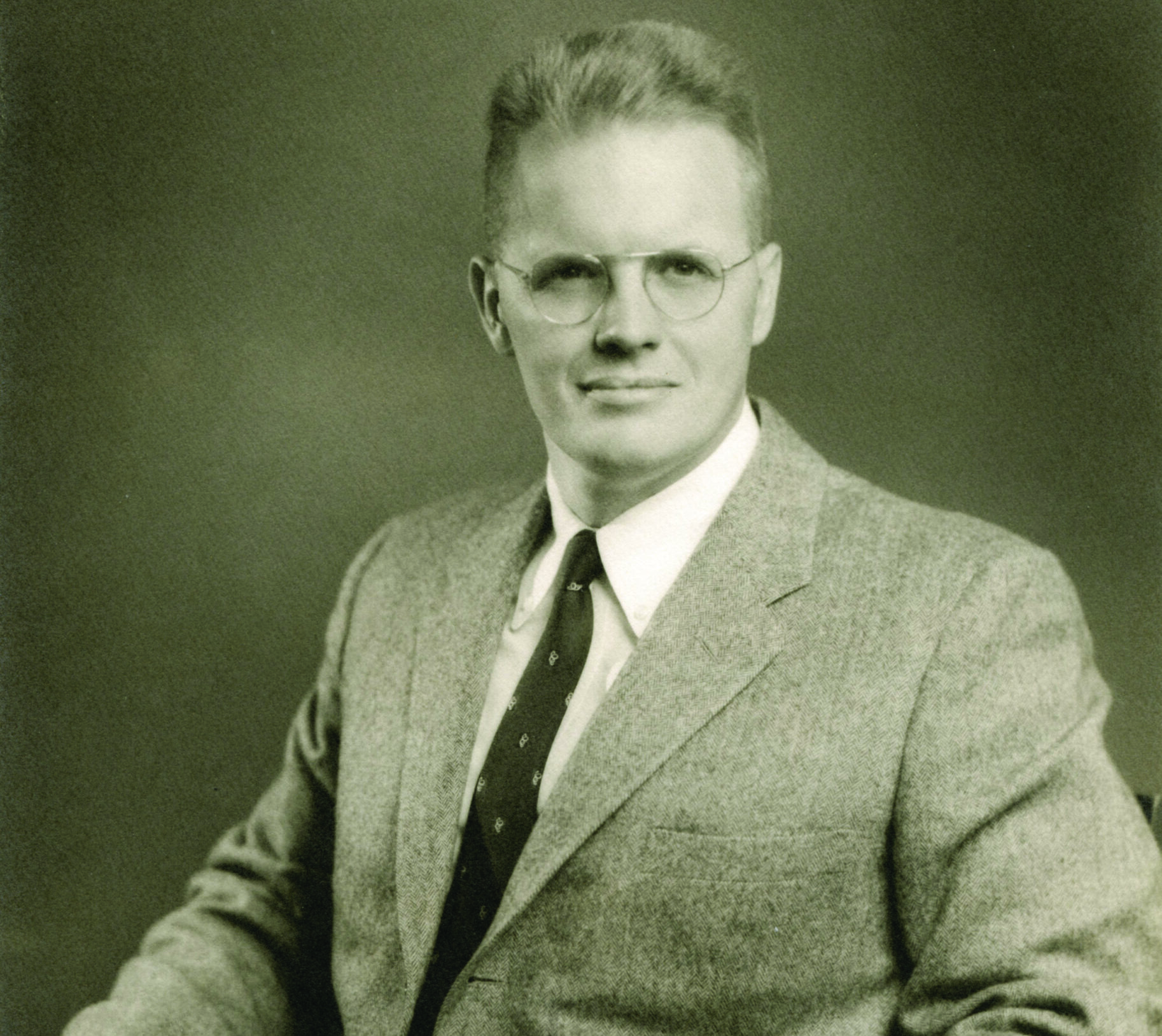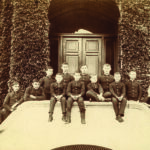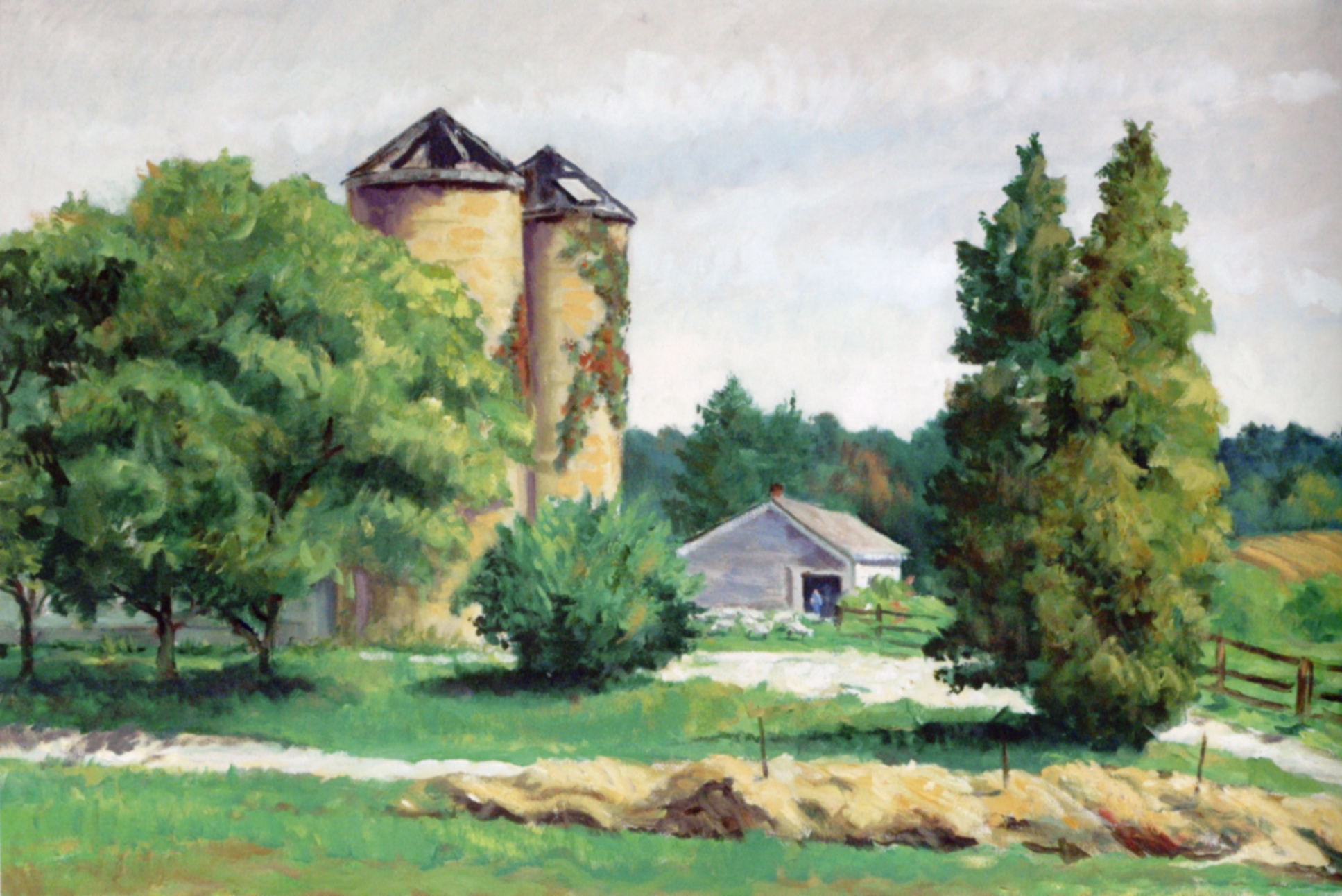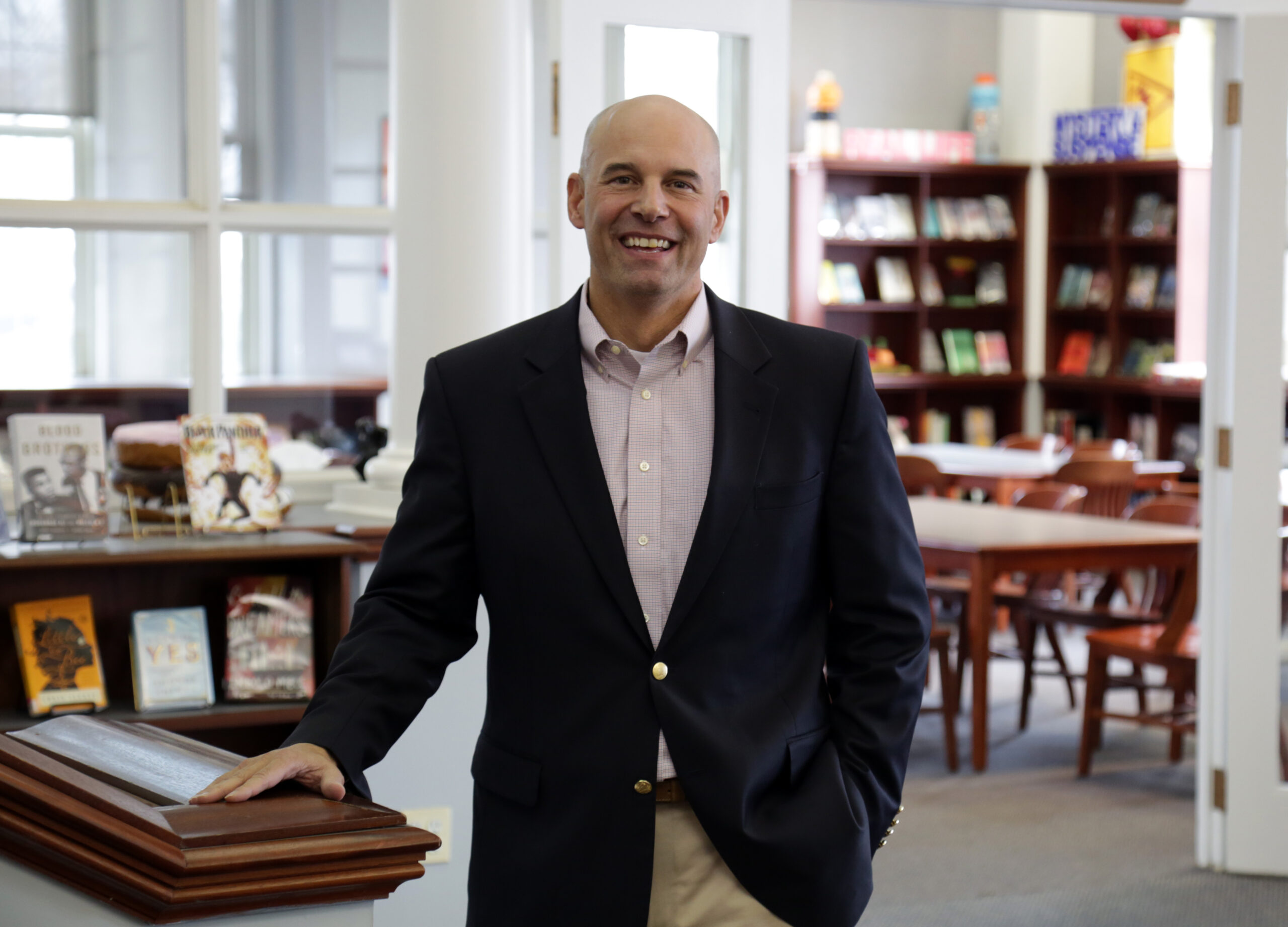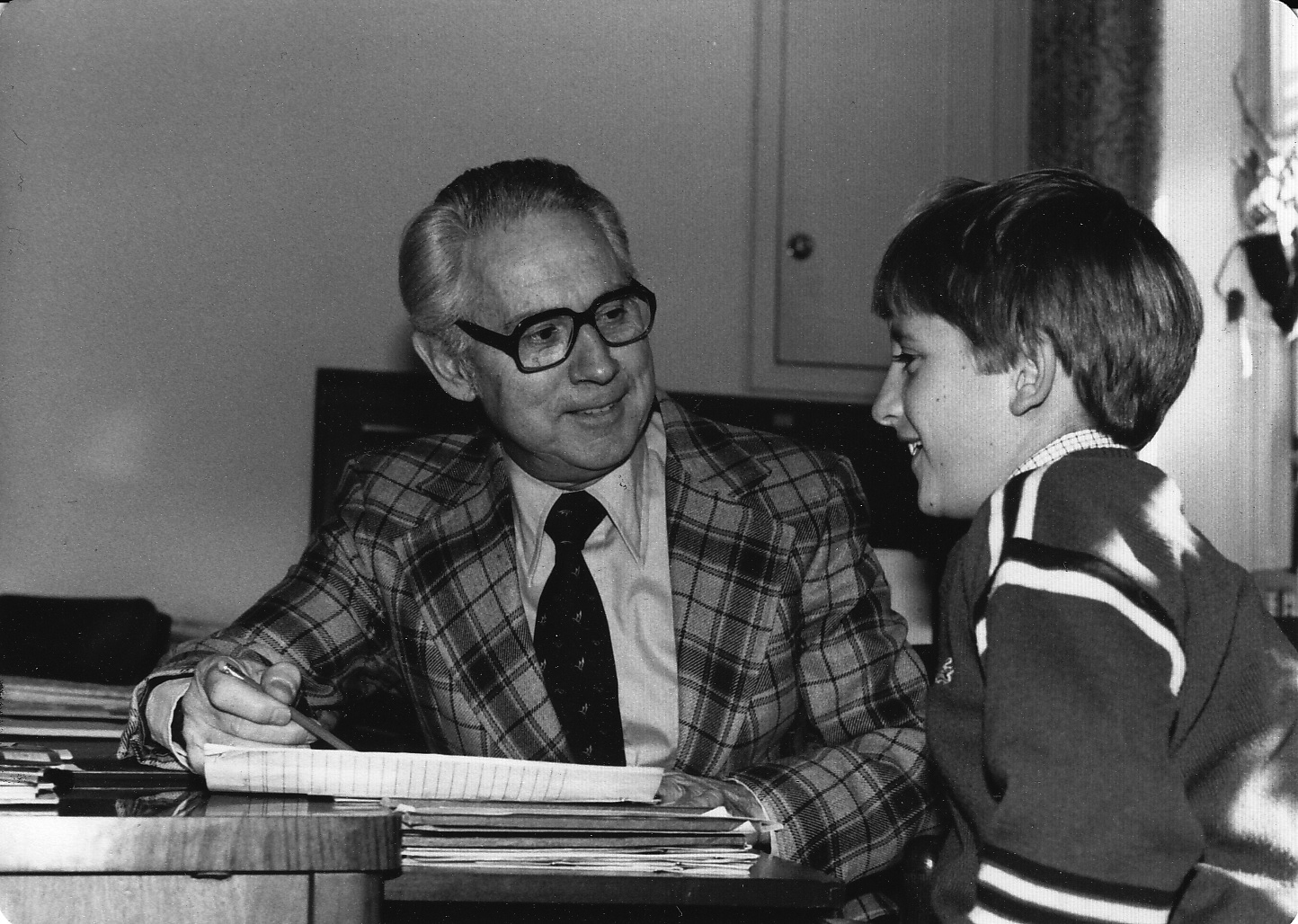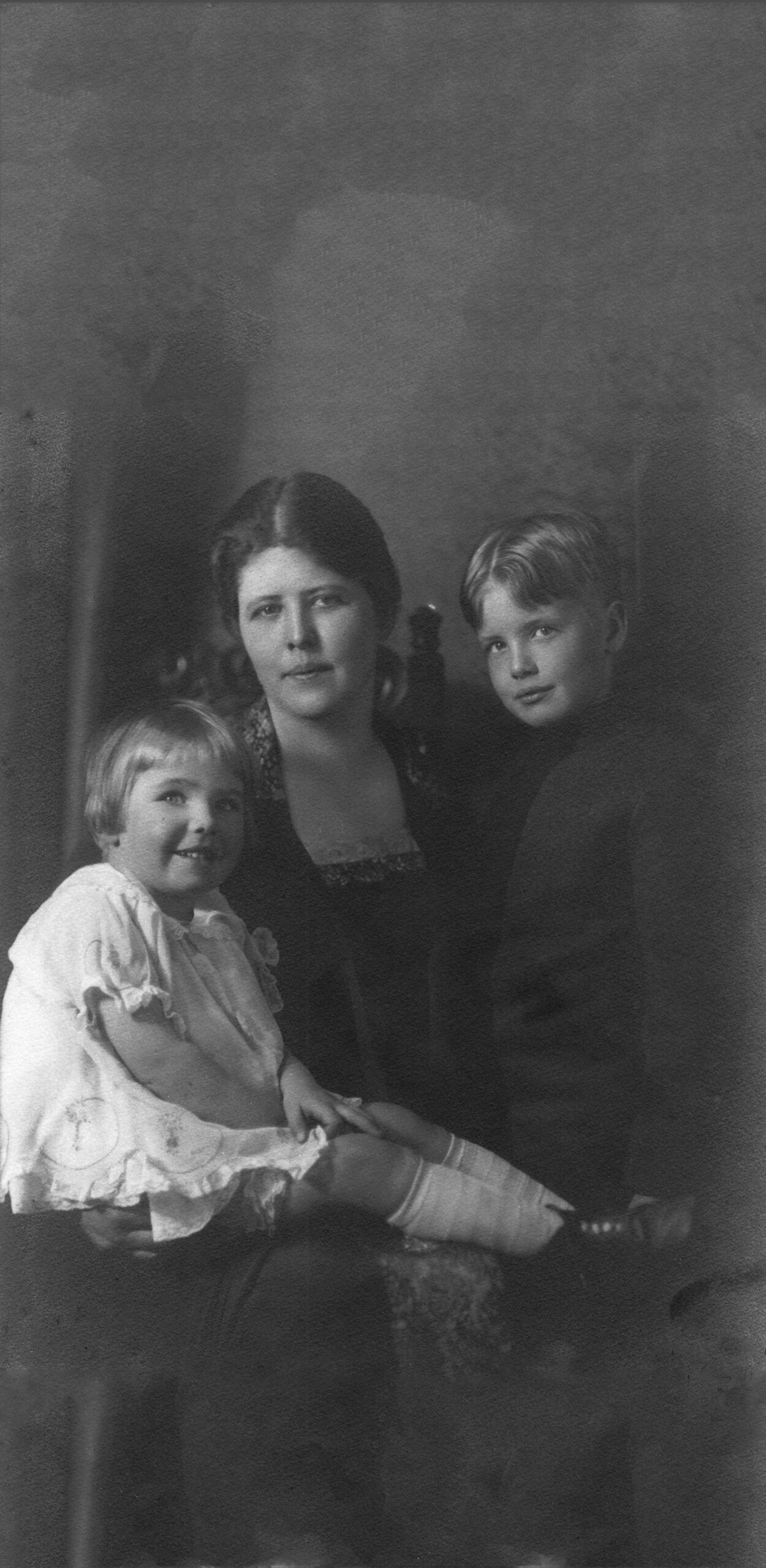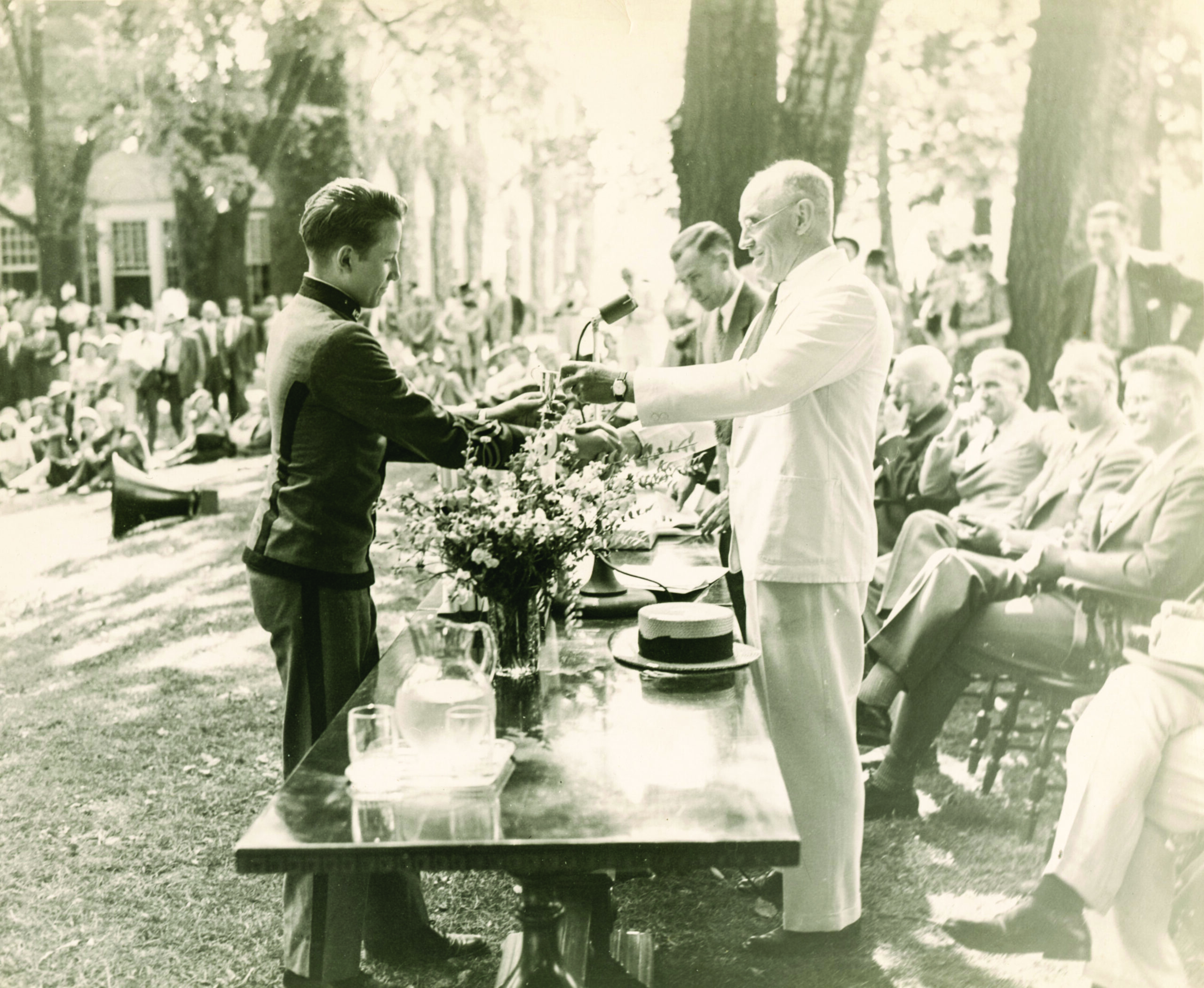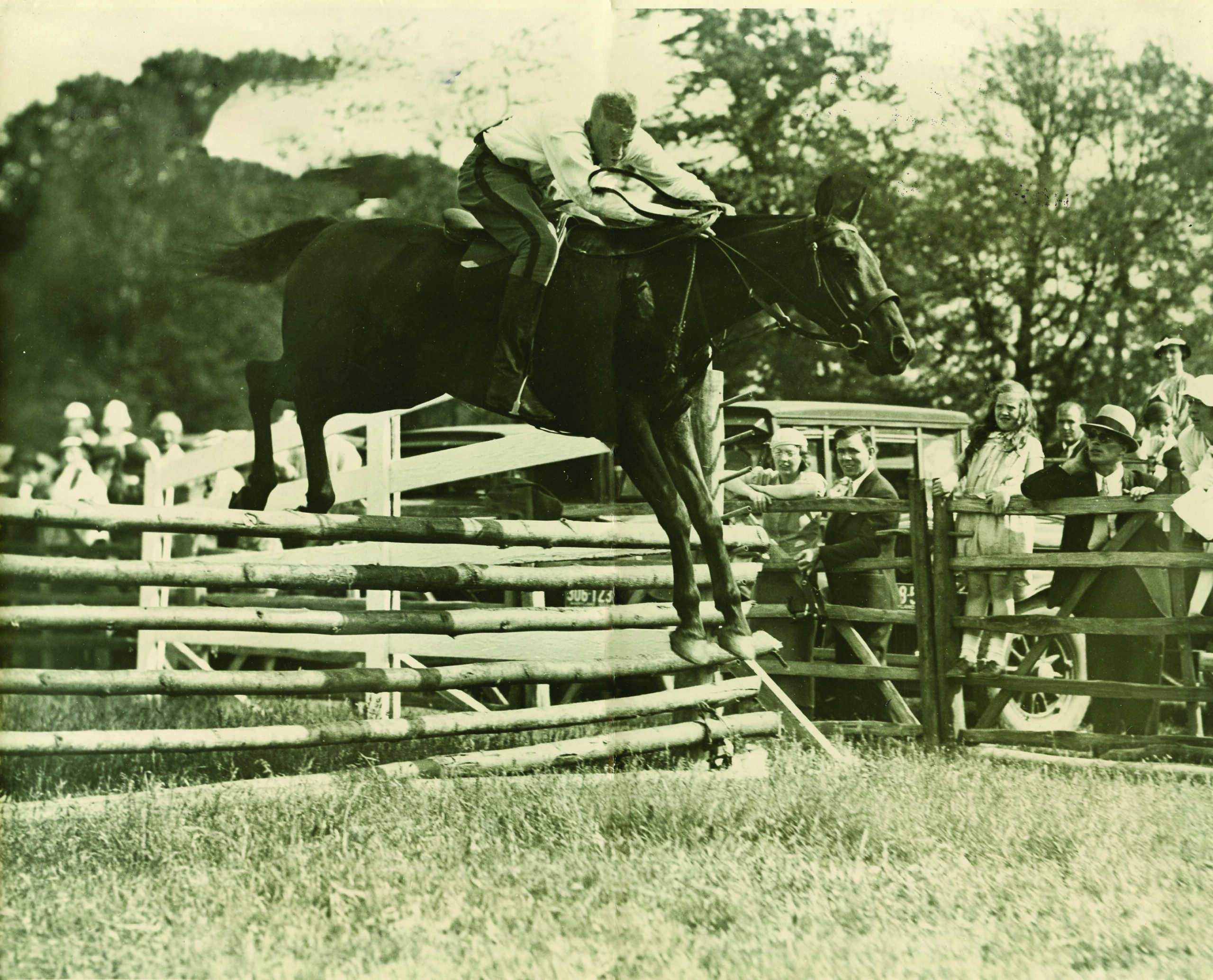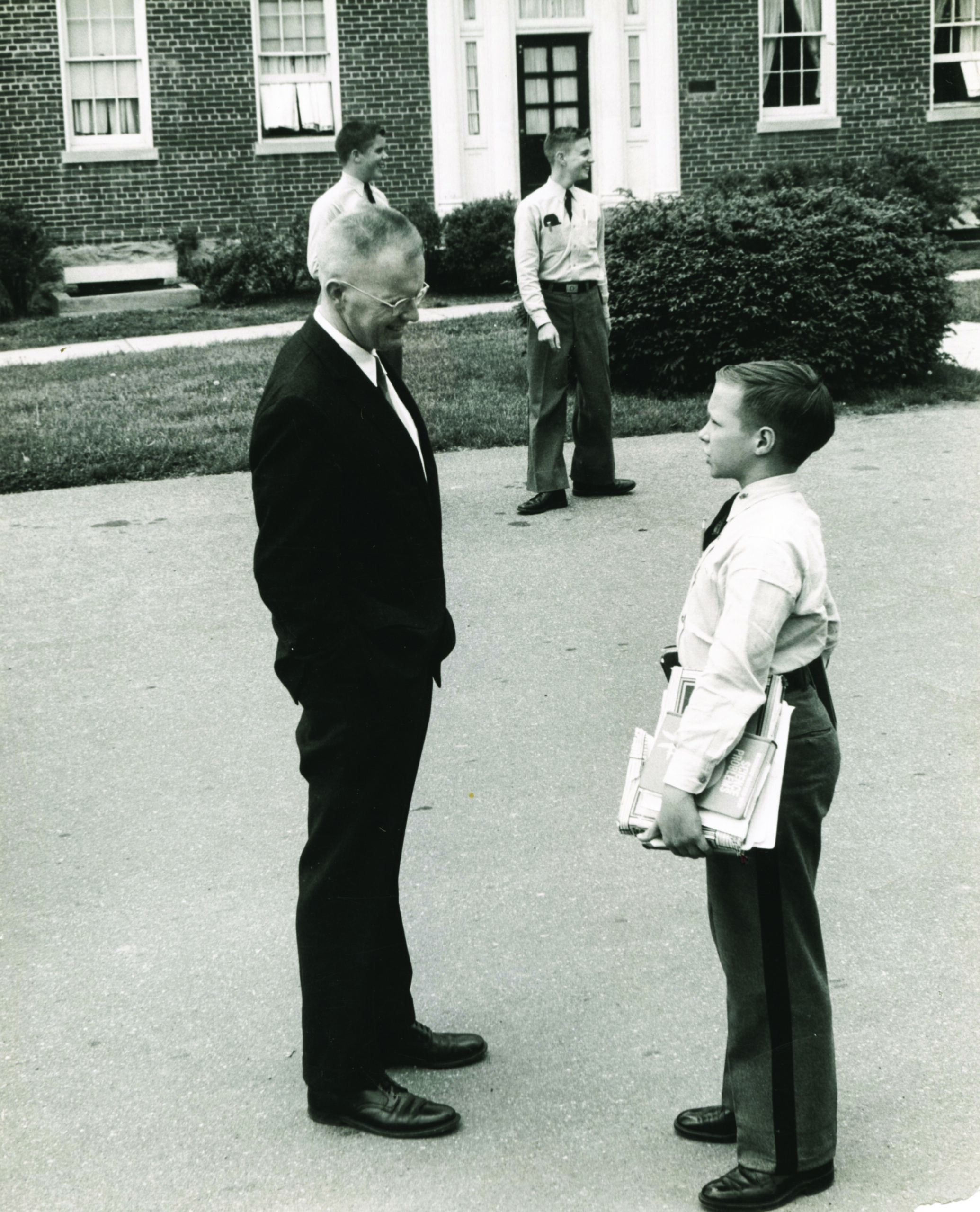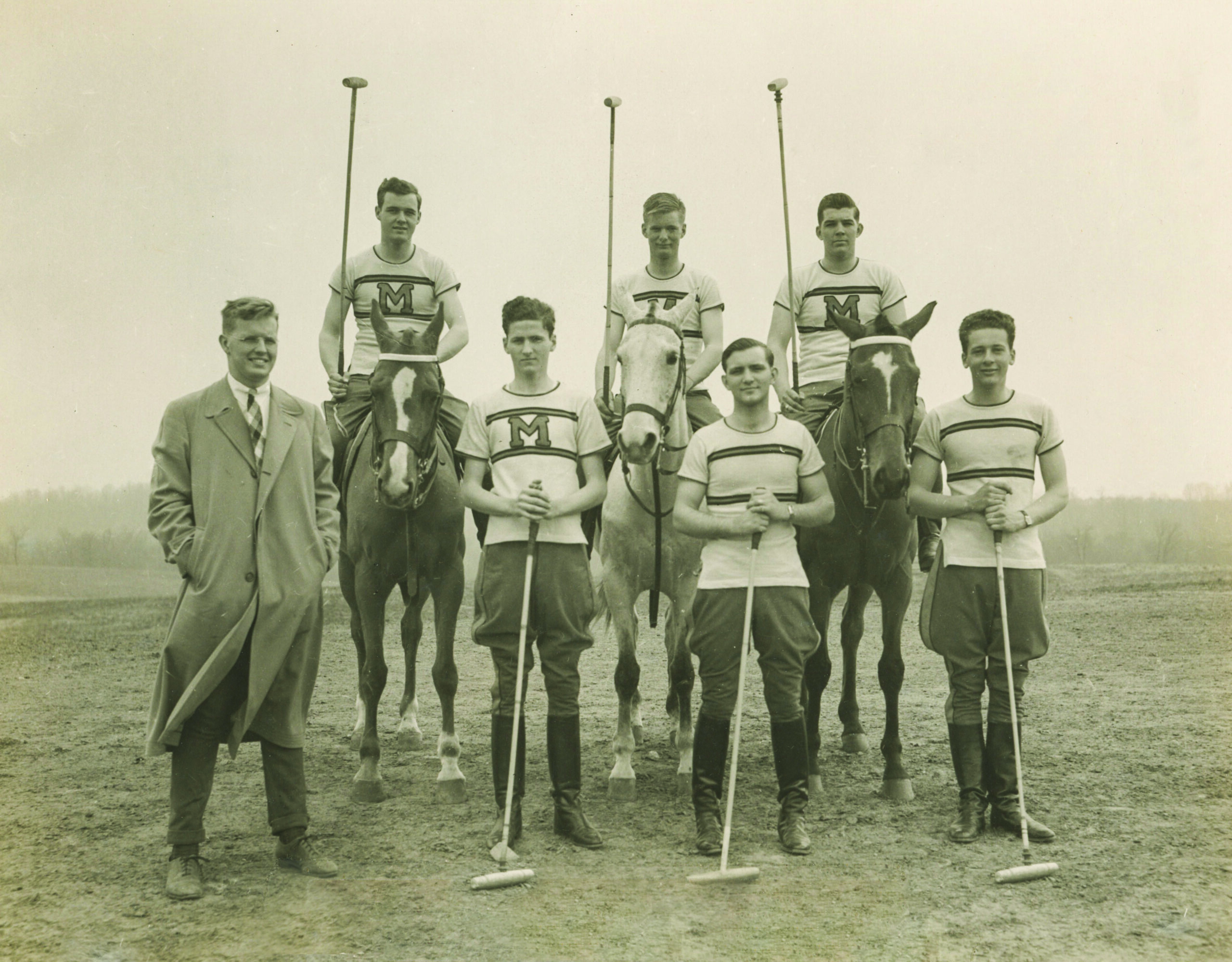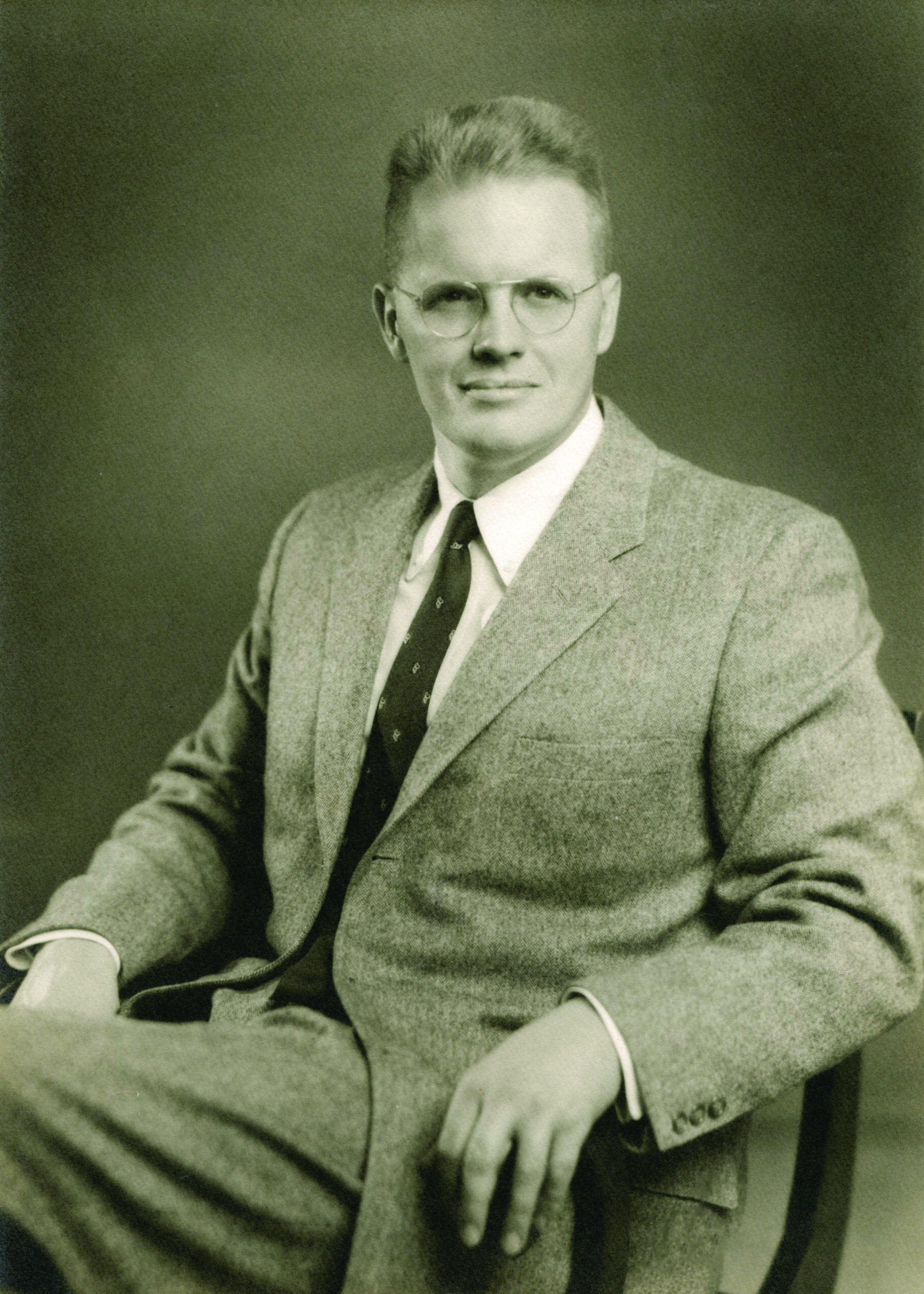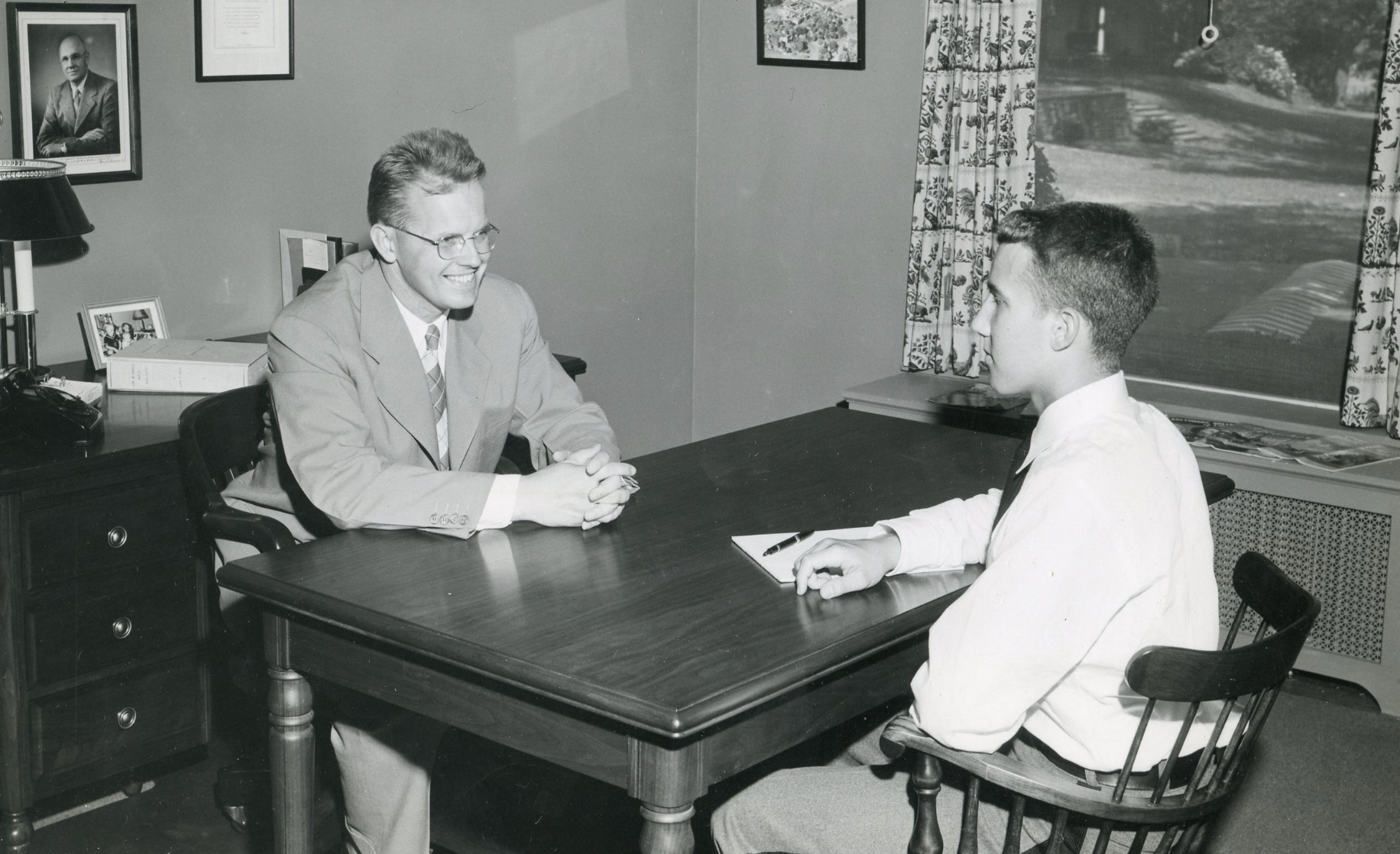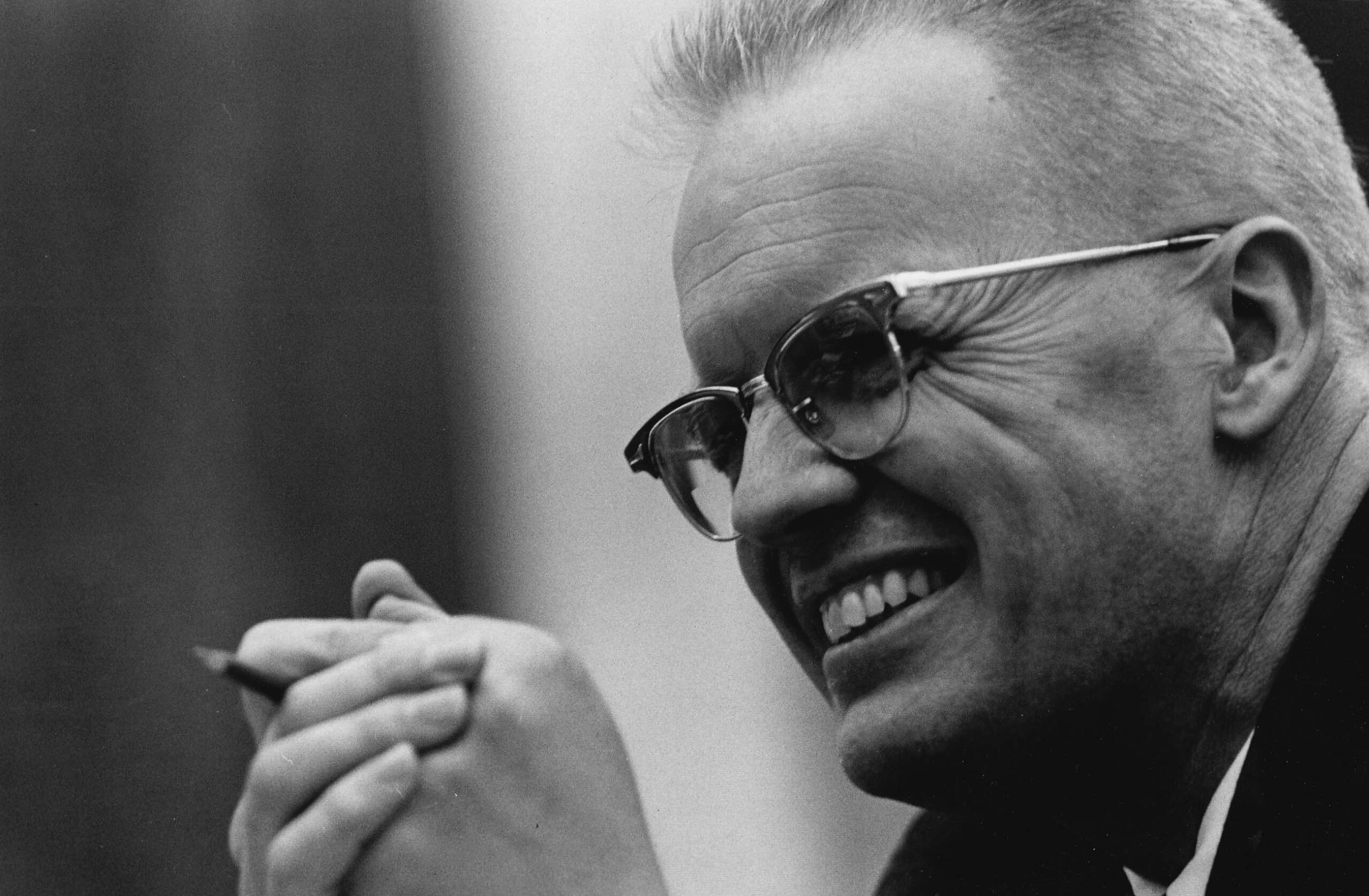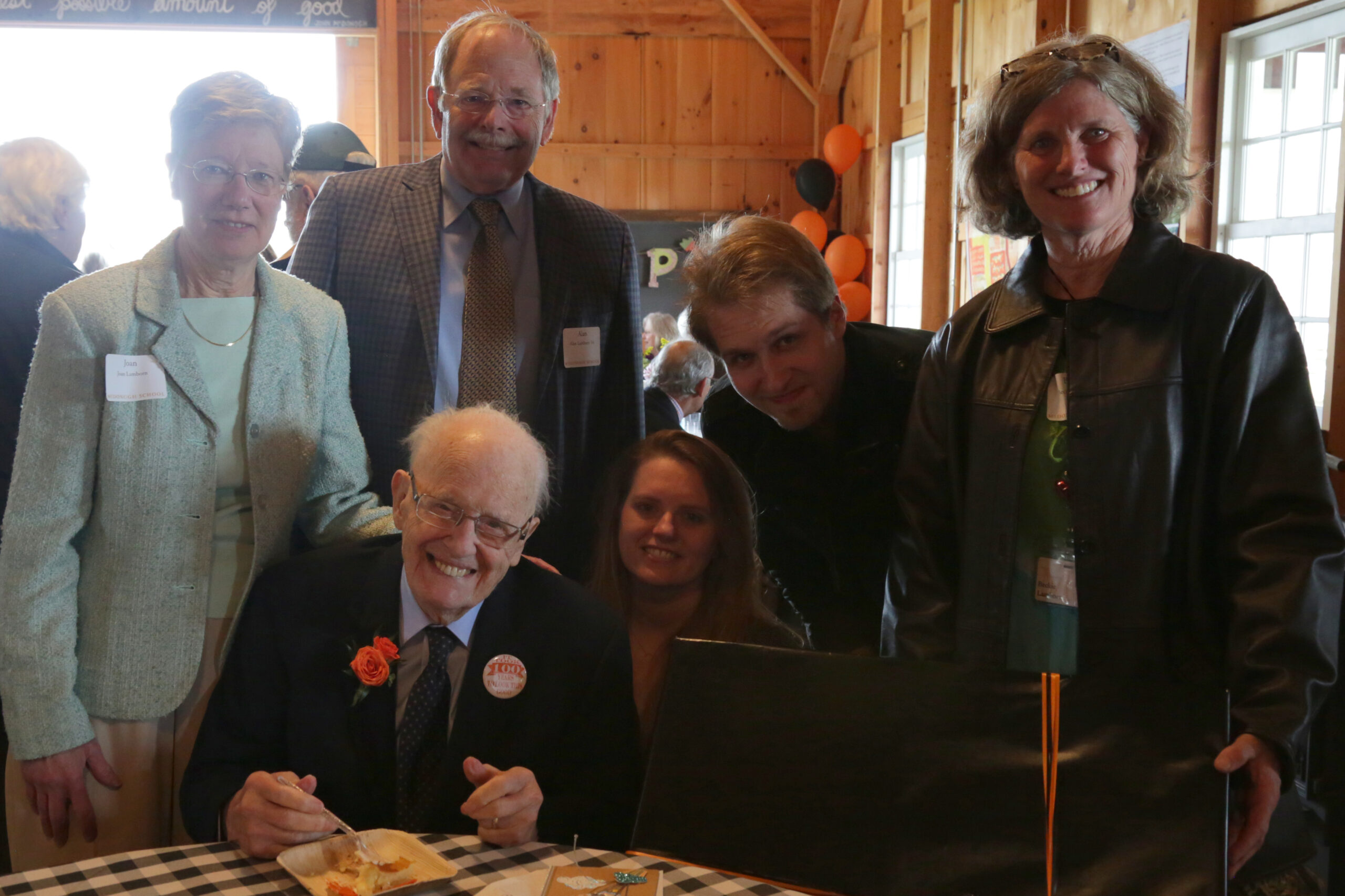Dr. Robert L. “Bob” Lamborn, a graduate of the Class of 1935 and Headmaster of McDonogh from 1952 to 1972, was a visionary leader who had a profound impact on the life of the School.
The son of Louis E. “Doc” Lamborn, Headmaster of McDonogh from 1926 to 1952, Bob arrived on campus at the age of 7. He spent his time exploring and playing, riding his pony, and attending a special class created for him and three other boys who, at the time, were too young to attend regular classes. The young Lamborn demonstrated leadership skills early on, attending meetings of the Board of Trustees at age 9, and serving as the Recording Secretary of the Board by the time he was 14.
He graduated from McDonogh in 1935, earning his diploma one year early by skipping his junior year. In his senior year, he took extra courses as well as college coursework at Johns Hopkins University, and by the end of the summer of 1935, he had completed high school and the first year of college. Bob moved on to Stanford University and graduated with an A.B. in Philosophy in 1938 as a member of Phi Beta Kappa. The following year, he enrolled at Harvard University to pursue an M.Ed. in Secondary School Administration.
Lamborn returned to McDonogh in 1941 and, with the exception of three years in the military (1943-1946), gained experience in various academic and administrative capacities under his father, who he succeeded on Commencement Day in 1952. He served the School as Headmaster until 1972 and led it through turbulent times. All the while, he never lost sight of his goal of making McDonogh “the best place for a young man to grow.” Under his leadership, the School’s academic program improved significantly and focused primarily on preparing students for college. McDonogh also adopted the “4-4-4 Plan,” creating Lower, Middle, and Upper schools of four grades each, which paved the way for the national middle school movement.
Lamborn also oversaw racial integration at McDonogh as well as the School’s conversion from a military to a civilian model. In addition, he laid the groundwork for the admission of female students. During his tenure, several new buildings, faculty housing, and athletic fields were constructed to support the School’s growth.
Looking back on his career at McDonogh, Lamborn said, “I am most proud of the fact that my father and I took McDonogh from what it was in 1926 to what it was in 1972. We had, between us, the second half-century of the School’s existence. We made a mutual pledge that we would do as much as we could for McDonogh as long as we were permitted to have a chance. Each of us was credited with saving the School once, through three wars and the Depression. I want it to be considered as a joint undertaking between Doc and Bob.” Read more here.
